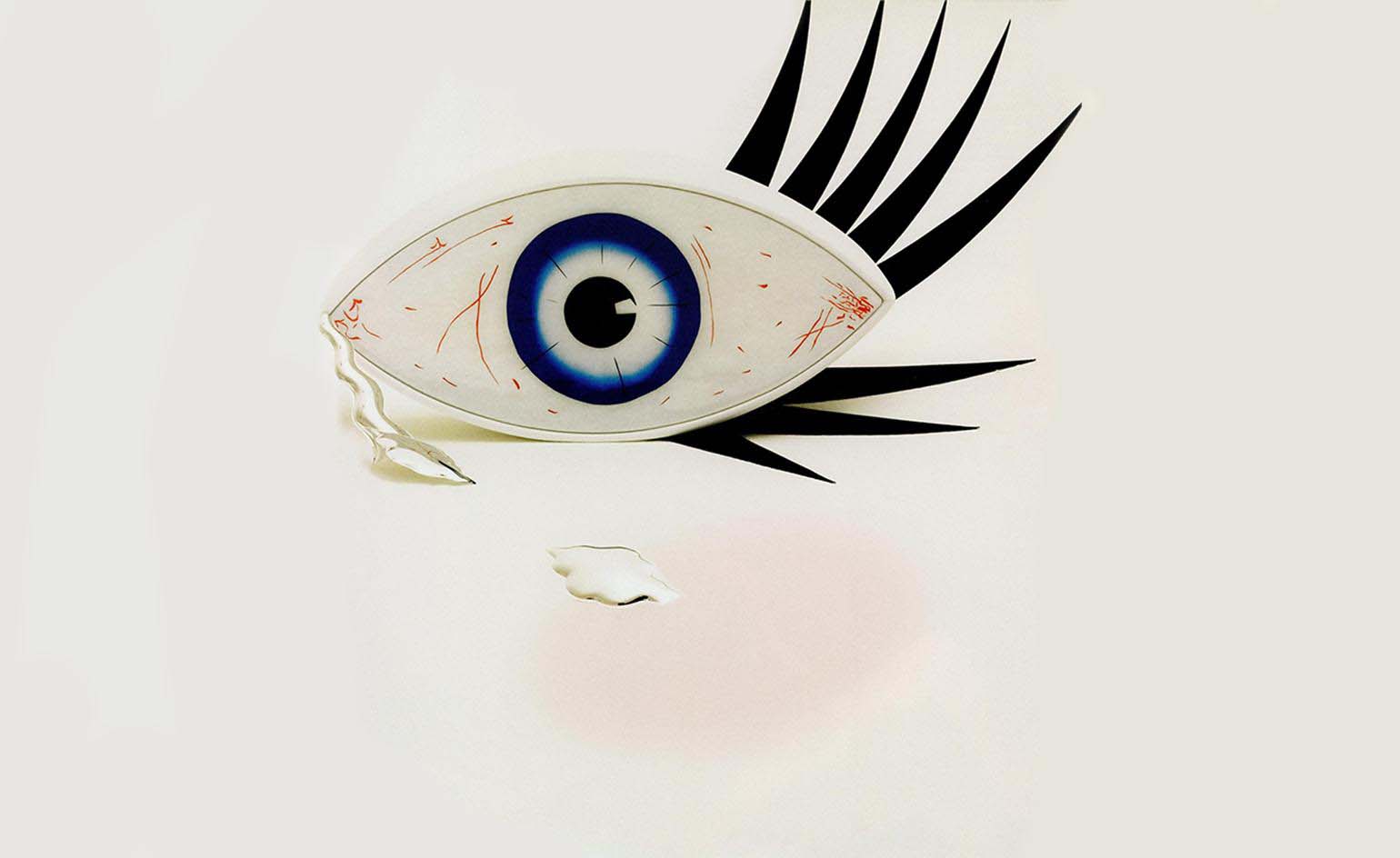Natural remedies for allergy fatigue and other hay fever symptoms
Herbal medicine practitioner Jenya Di Pierro shares natural remedies for allergy fatigue, red eyes, and other hayfever symptoms

The arrival of spring also means the arrival of allergies. While there is a host of manufactured medicines and tools that can be used to combat hay fever, there are also plenty of little-known natural remedies to alleviate allergy fatigue (the tiredness that is a common result of allergic reactions), stuffiness, itchy eyes and more.
We spoke to herbal medicine practitioner Jenya Di Pierro, founder of London wellness club Cloud Twelve, about the dietary tips and herbal remedies that can help you enjoy the season.
Jenya Di Pierro’s natural remedies for allergy fatigue and hay fever
Nettle
Nettle is an excellent all-around antihistamine remedy and its harvest is often described as ‘springtime herbalism at one of its finest moments’. Nettle is highly nutritious, rich in A and C vitamins, calcium, potassium and magnesium. It has long been considered a blood tonic and is a wonderful treatment for anaemia, as it is high in both iron and chlorophyll. It enhances immunity and relieves allergies, and catarrh and enhances detoxification via the liver and kidneys.
Spring is the best time to enjoy young leaves in soups, pesto and stir-fries. Root and seeds are also medicinal and are used in hormonal disorders.
Elder tree
The elder tree has long been called the ‘medicine chest’ since its flowers and berries can be used to activate the immune system and specifically treat and prevent flu and tonsillitis, and decongest sinuses. It also helps combat fevers and allergy symptoms.
Collect the flowers in spring to make an indulgent cordial for lemonades, lollies and hot infusions. Have a search in a park or a nearby forest for other anti-allergic herbs, like yarrow, chamomile or mullein, and don’t forget, the earlier you start, ideally one month before the blossom of your allergen, the better the results are going to be.
Liquorice root
Liquorice root contains glycyrrhizin, which has anti-inflammatory, immunomodulating and antiallergic effects similar to cortisone. It is soothing for dry mucus membranes and skin allergies, like eczema.
Wallpaper* Newsletter
Receive our daily digest of inspiration, escapism and design stories from around the world direct to your inbox.
In Chinese medicine, liquorice is used as a qi tonic to alleviate fatigue, frequent infections and lack of appetite. It is sweet to the taste, can be made into candies and syrups, making it a perfect remedy for kids.
Eyebright
Eyebright is a beautiful flower that looks like an eye and, in fact, has traditionally been used to improve and preserve eyesight. It is also known to alleviate inflammation of the eye, help with itchiness and puffiness, as well as irritation and catarrh in the nose.
Broadleaf plantain
Broadleaf plantain is one of the most commonly found weeds in Europe. It has traditionally been used to treat bronchial congestions, sinusitis, asthma and skin injuries. As a natural antihistamine, it is particularly effective for reducing inflammation in the eyes and mucus membranes in the nose. Broadleaf plantain is also known for its ability to stop bleeding, heal ulcers, stings and insect bites, which makes it an excellent first-aid remedy.
Baikal skullcap
Baikal skullcap is a traditional Chinese herb used to treat hay fever and other allergies, such as asthma, eczema and urticaria (hives), by inhibiting the release of histamine from mast cells. It is also effective for fevers, infections and inflammation. That’s probably why Chinese researchers have identified baikal skullcap as one of the herbs with potential against Covid-19.
5R gut reset
For a more permanent solution, the '5R' gut reset protocol, which stands for 'refuse, reduce, reuse, repurpose, recycle', is the best starting point. That means removing bad bugs and toxins; replacing digestive insufficiencies with the help of spices, bitters, enzymes and other supplements; reinoculating gut flora with probiotics; repairing gut lining; and rebalancing the lifestyle to reduce stress.
Low-histamine diet
What else can be done? As histamine is broken down by the liver, supporting the liver with bitter cooling herbs such as dandelion, andrographis and artichoke leaf is an important consideration. A low-histamine diet is also helpful during allergy season. The key elements of this diet are – the exclusion of foods that are high in histamine and/or promote histamine release (chocolate, alcohol, vinegar, fermented foods, dried fruit, shellfish), and the addition of nutrients that act as natural antihistamines (nettle, turmeric, apples, ginger, onions).
Remember to avoid...
A diet high in histamines, sleeping with open windows, dusty houses.
INFORMATION
Find out more about herbal medicine and book a herbal consultation with Jenya Di Pierro here.
Mary Cleary is a writer based in London and New York. Previously beauty & grooming editor at Wallpaper*, she is now a contributing editor, alongside writing for various publications on all aspects of culture.
-
 The Lighthouse draws on Bauhaus principles to create a new-era workspace campus
The Lighthouse draws on Bauhaus principles to create a new-era workspace campusThe Lighthouse, a Los Angeles office space by Warkentin Associates, brings together Bauhaus, brutalism and contemporary workspace design trends
By Ellie Stathaki
-
 Extreme Cashmere reimagines retail with its new Amsterdam store: ‘You want to take your shoes off and stay’
Extreme Cashmere reimagines retail with its new Amsterdam store: ‘You want to take your shoes off and stay’Wallpaper* takes a tour of Extreme Cashmere’s new Amsterdam store, a space which reflects the label’s famed hospitality and unconventional approach to knitwear
By Jack Moss
-
 Titanium watches are strong, light and enduring: here are some of the best
Titanium watches are strong, light and enduring: here are some of the bestBrands including Bremont, Christopher Ward and Grand Seiko are exploring the possibilities of titanium watches
By Chris Hall